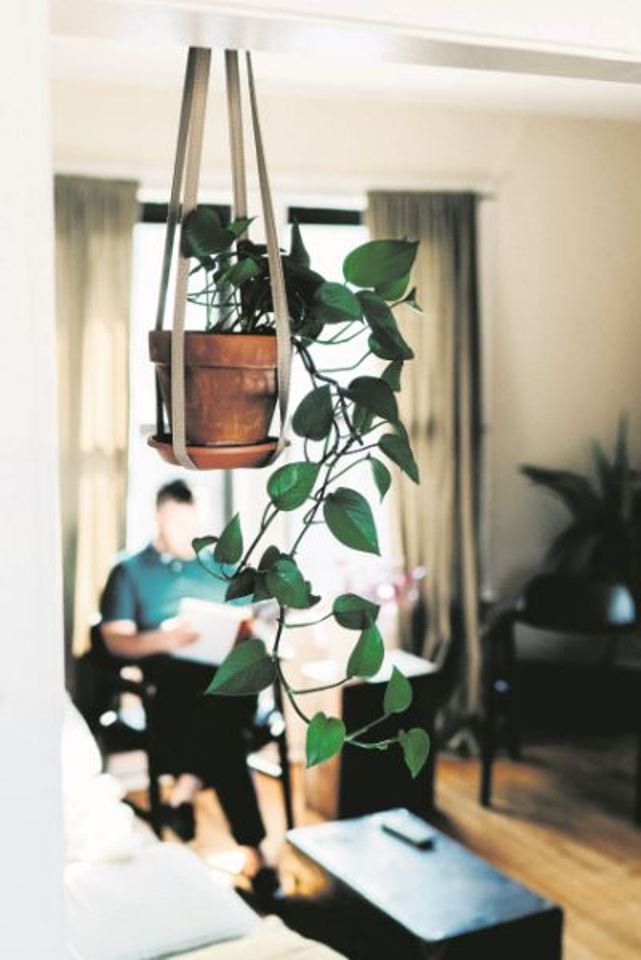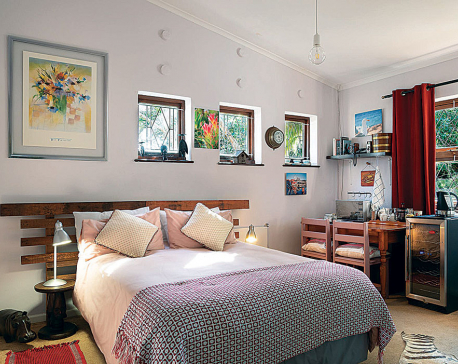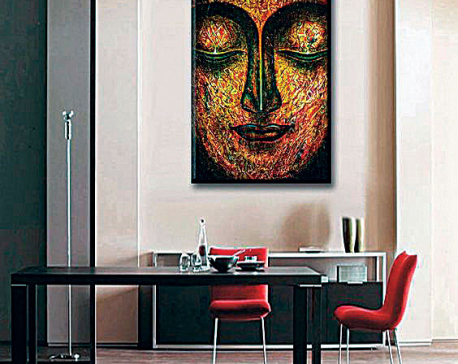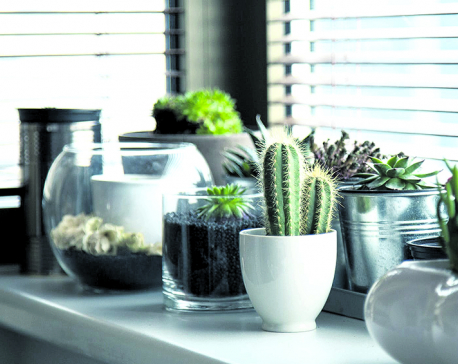
OR

Indoor plants do more than just liven up a space. They neutralize harmful toxins present in the air and thus improve indoor air quality. Having a plant or two (or many) in your living space can be an inexpensive way to up your décor game as well. But if you are hesitant to bring in potted plants in your home because you have never been able to keep them thriving, here’s are some tips that can help.
Everything in moderation
All plants require water, light, and food, but the trick to success is to practice moderation. Potting soil should be kept moist, but not wet. Of course, there are always exceptions—succulents, and other thick-leafed plants do best when the soil dries out between watering. If the soil is kept too dry or too damp the plant’s roots will begin to die, which can lead to inadequate growth and the plant might wither and die as well.
A dimly lit room should suffice for those few plants willing to survive in low light areas. Moderate light-needing plants will prefer a north-facing window, light diffused through a thin curtain or daylight without direct sun. Indoor plants that prefer high light will need to be in a south-facing window or under a grow light. However, most indoor plants don’t need direct light and thrive well in indirect light.
Avoid placing plants in trouble spots, where temperature fluctuate or stay too warm or too cold. For example, make sure they are away from heating and air conditioning ducts, and don’t put them on top of a radiator, or between curtains and a frosty window.
Fertilize timely
Every time a plant is watered nutrients leach out of the soil. Even if that didn’t happen, plants would quickly deplete the nutrients in their soil. Unlike plants living outside, houseplants don’t have a regular source of nutrient replenishment unless you fertilize them regularly. If a plant is dropping its lower leaves, showing weak growth or an overall yellow-green color, it may need more fertilizer. It might also need more light or less water, so take the time to analyze all conditions before pouring on more plant food. Adding fertilizer when a plant does not need it can be worse than doing nothing at all so make sure you fertilize only when needed.
Prevent pest problems
Check houseplants for disease or insects before you buy them. Then isolate them for a couple weeks, just to make sure there are no problems. Each time you water your plants, inspect both the top and undersides of the leaves for signs of pests or disease. If you suspect anything, isolate the plant from your other plants until you have eliminated the problem.
It’s also a good idea to wash the leaves of your plants several times a year. Dust and grime on houseplants don’t just look bad, it is also bad for the health of the plant. Dust clogs the pores of plant leaves, making it difficult for the plant to respirate. In addition, dust filters sunlight before it reaches the plant, decreasing the amount of photosynthesis the plant can undertake. Dust and grime can also attract and harbor spider mites and other insects.
You May Like This

Inspired living
Home décor doesn’t have to be an expensive affair. Simple tweaks, changes, and additions can work wonders in keeping things... Read More...

Decor Drama
“We spend a lot of time in our homes. So it’s important to keep it well maintained and decorate it... Read More...

Bringing nature indoors
Thinking of adding some plants to your indoor space? Maya Ghale, from The Plant Shop, tells you all that you... Read More...





Just In
- CM Kandel requests Finance Minister Pun to put Karnali province in priority in upcoming budget
- Australia reduces TR visa age limit and duration as it implements stricter regulations for foreign students
- Govt aims to surpass Rs 10 trillion GDP mark in next five years
- Govt appoints 77 Liaison Officers for mountain climbing management for spring season
- EC decides to permit public vehicles to operate freely on day of by-election
- Fugitive arrested after 26 years
- Indian Potash Ltd secures contract to bring 30,000 tons of urea within 107 days
- CAN adds four players to squad for T20 series against West Indies 'A'












Leave A Comment